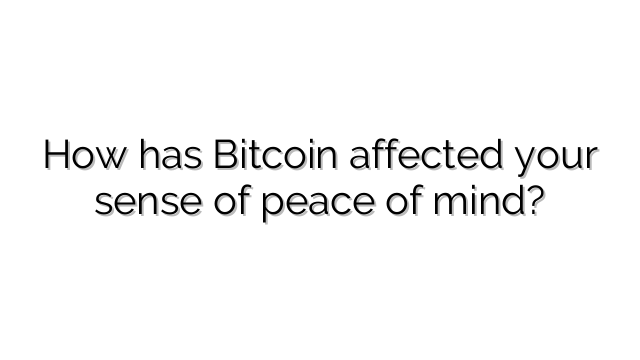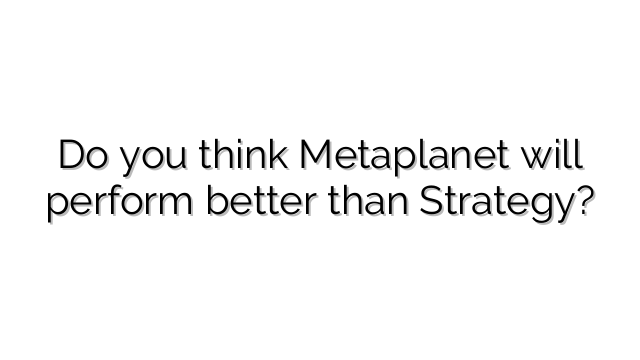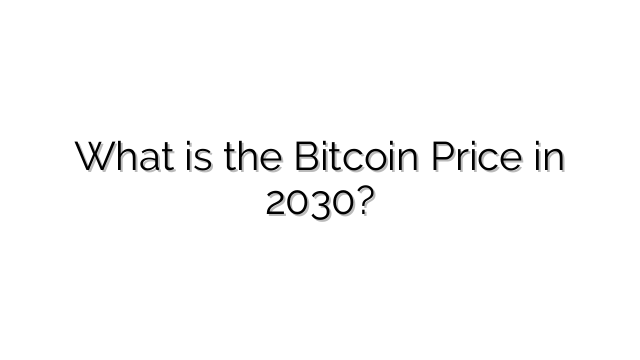Will Bitcoin Ever Fall Below $100,000 Again?
On October 5, 2025, Bitcoin printed a new all-time high above $125,000.
That raises a natural question: Will BTC ever trade under $100,000 again?
Vote above and then explore the scenarios below. Educational only—no financial advice.
Why a sub-$100k retest could happen
- Volatility & leverage: Bitcoin historically experiences sharp drawdowns after strong rallies.
Leverage flushes (perps/futures) can accelerate downside in a single session. - Macro shocks: Tightening liquidity, recession scares, or risk-off events can pressure all risk assets at once.
- ETF flows & positioning: Large outflows, or a crowded long in ETF/options structures, can turn into sustained selling.
- Miner stress: Energy price spikes or hashrate shifts can force miner distribution during weak demand windows.
- Policy headlines: Surprise regulation or tax changes can temporarily suppress demand.
Why $100k might hold
- Broader ownership: Spot ETFs, corporates, treasuries, and RIAs increase the pool of long-term holders.
- Supply dynamics: Issuance is programmatic and declining; long-term holders remove coins from liquid supply.
- Use cases: Self-custody, cross-border settlement, and Lightning payments expand utility beyond speculation.
- Institutional rails: Better custody, derivatives, and market-making can dampen extreme downside moves.
How to read the results
- “Yes — within 12 months” suggests the crowd expects a typical post-ATH drawdown/cooling period.
- “Yes — 1–4 years” aligns with cycle thinking (macro + halving cadence).
- “Yes — 4+ years” implies a long consolidation or future cycle reset.
- “No” indicates conviction that adoption + supply dynamics have permanently raised the floor.
Risk reminders
- Past drawdowns in Bitcoin have been large and fast; size positions accordingly.
- Derivatives add leverage and liquidation risk—understand margin, funding, and assignment.
- Taxes and rules vary by country; keep records and check local guidance.
Cast your vote above and share the poll—the broader the sample, the better the signal.





